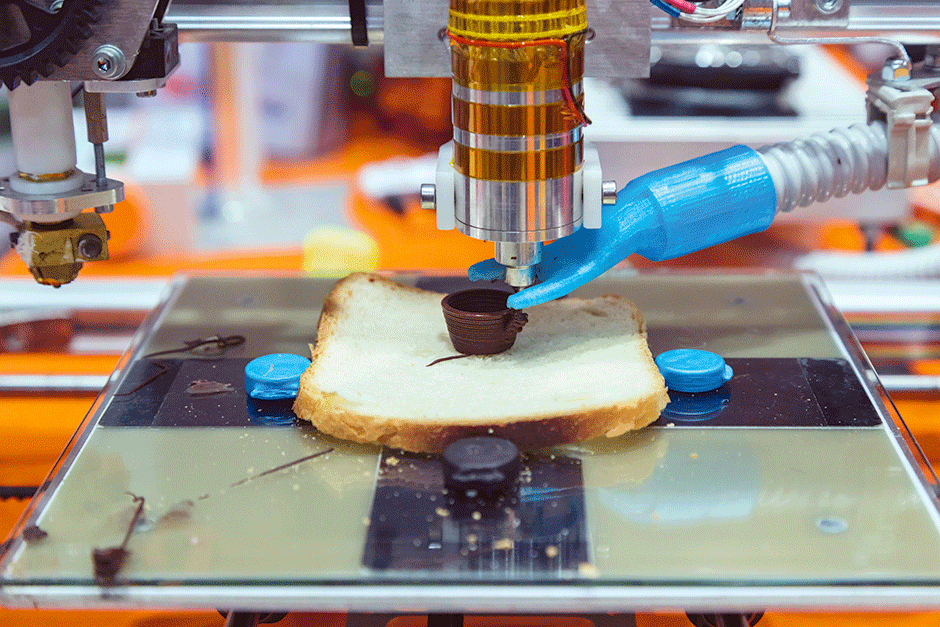
On February 8 the University of Sheffield in the UK announced that students from its maths society had decoded the “secret to the perfect pancake”. Gaby Thompson, President of the university’s Maths Society, goes on to say that “cooking is full of scientific and mathematical formulas”.
So, what does the future of food look like?
GN Focus got exhibitors and organisers at the upcoming Gulfood 2016 expo to drop some clues.
Mark Napier, Exhibitions Director, Gulfood
3D printing food: The futuristic manufacturing process that takes a digital model to create a solid 3D object with layers of plastic, resin and metal is now using consumable and digestible materials to produce food products. 3D printing manufacturers and engineers are experimenting with edible substances such as sugars, chocolates and doughs. Experts are envisioning 3D food printing as a way to make food healthier and more sustainable for consumers.
Bacteria-rich foods: Adding certain bacteria to foods (prebiotics and probiotics) has been found to be beneficial. The future of food will see products stuffed with good bacteria, alleviating everything from indigestion to skin ailments.
In-vitro meat: Dutch scientists successfully produced in-vitro meat or cultured meat in 2012, growing muscle tissue using stem cells from cows. It’s seen as a more efficient and environmentally friendly way of putting meat on our plates. Expect more test-tube burgers by 2020.
Silvano Costantini, Corporate Chef, Electrolux Professionals
Back to nature: Think farm-fresh ingredients and bio-organic products. Meat consumption will also decrease as more start favouring organic food in the bid to sustain the environment.
Goodbye complex carbs: Simple carbohydrates of the sort found in quinoa, chickpeas and lentils will be preferred to complex carbs in pasta, rice and bread. Expect far less pasta to be consumed in 2020 than last year.
Speed thrills: High-speed cooking devices will influence the food industry and supply chains. Their ability to interact with smartphones and other gadgets will be a big plus.
Ethnic is in: Ethnic cuisine will gain favour, with future food technology being able to preserve the original flavour of ingredients while meeting the requirements of the emerging ethnic trend.
Dalene Wray, General Manager, OBE Organic
Beefing up: How we eat beef in 2020 won’t change. What will change is how it gets to you. We predict a dramatic increase in the use of on-farm data over the next five years, allowing cattle producers to make better management decisions and be more productive and sustainable.
Pooling data: Cattle producers will be more comfortable about providing permissions for some of this data to be shared, resulting in multiple positive impacts. Think aggregating anonymous real-time data from hundreds of graziers to help governments accurately monitor and improve regional environmental impacts. It will help companies such as OBE Organic bring more transparency to the beef supply chain as well, making it safer, pinpointing early indicators of hazards and generally alerting producers.
Organic will rule: Consumers will continue becoming health-conscious and demand organic food options. There will be less processed foods.
Support for small farms: More consumers will refuse to support factory-farmed businesses, insisting on purchasing foods from environmentally friendly, sustainable companies and family-owned farms.











